
Read the paper here: www.cell.com/current-biol...
www.cell.com/current-biol...



Read the paper here: www.cell.com/current-biol...
www.cell.com/current-biol...



www.cell.com/current-biol...



www.cell.com/current-biol...
Minke whales feeding in the Jacques Cartier passage over summer are predominantly pregnant females. From 2007–2015 pregnancy rates remain stable despite fluctuating prey availability, suggesting some resilience to environmental change
@smruecophys.bsky.social
@seamammalresearch.bsky.social

Minke whales feeding in the Jacques Cartier passage over summer are predominantly pregnant females. From 2007–2015 pregnancy rates remain stable despite fluctuating prey availability, suggesting some resilience to environmental change
@smruecophys.bsky.social
@seamammalresearch.bsky.social
Paper: www.nature.com/articles/s41...
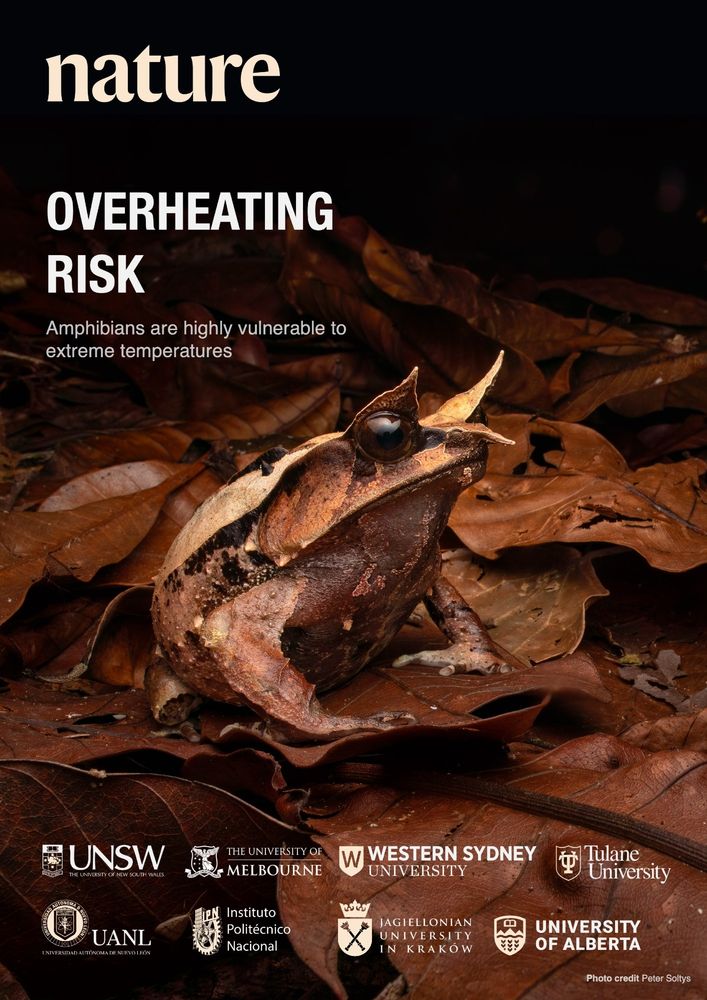
Paper: www.nature.com/articles/s41...
The Evolution of Cetacean Societies
Edited by @darrencroft.bsky.social @andrewfoote.bsky.social @stephanielking.bsky.social and myself
Preorder available now
press.uchicago.edu/ucp/books/bo...
#whale #dolphin #animalbehaviour
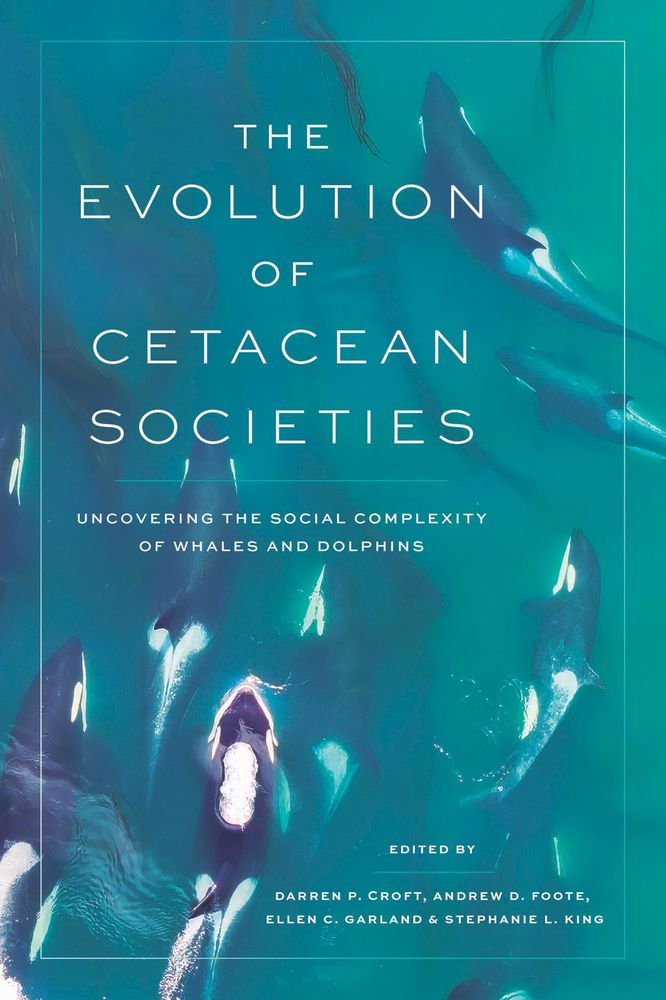
The Evolution of Cetacean Societies
Edited by @darrencroft.bsky.social @andrewfoote.bsky.social @stephanielking.bsky.social and myself
Preorder available now
press.uchicago.edu/ucp/books/bo...
#whale #dolphin #animalbehaviour

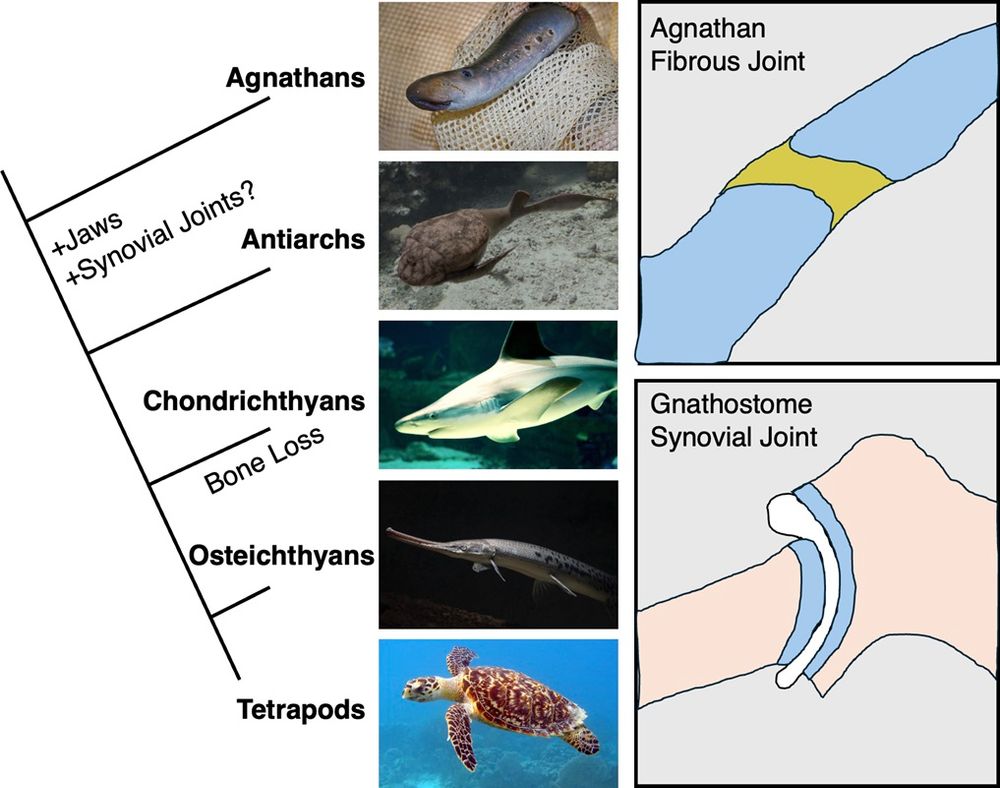

#seabirds #AcademicSky 🦤🦑🧪🌐🌍
➡️ doi.org/10.1111/geb.70004
🧪 #ornithology #migration #BLScience
@birdlifeglobal.bsky.social
We are grateful to GOBI @iki-germany.bsky.social for funding the project
🧵1/5
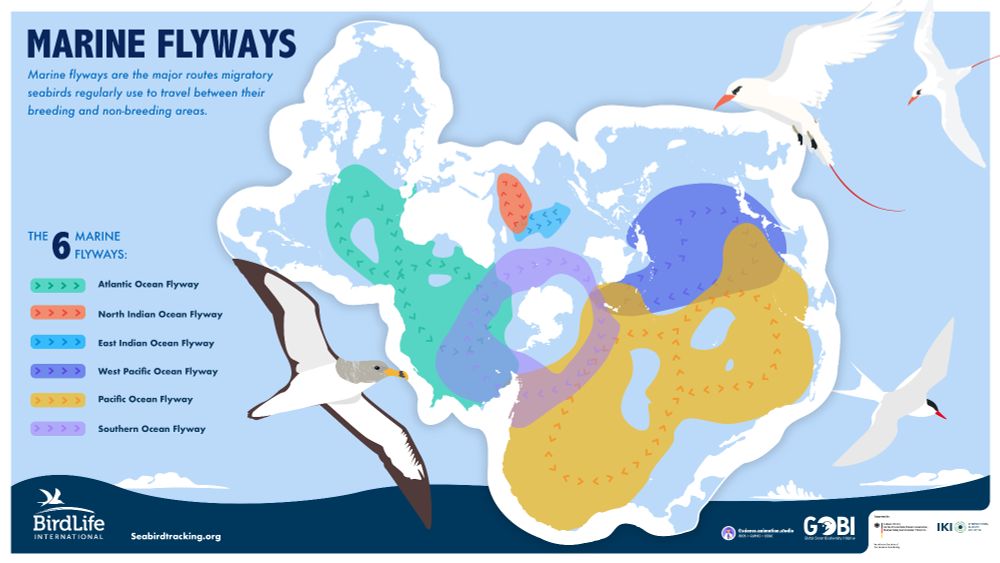
#seabirds #AcademicSky 🦤🦑🧪🌐🌍
Important implications for developers & regulators, as lower numbers of seals close to the turbine at higher flow speeds during operation decreases the potential for fatal collisions & injuries 📉🌎🧪
🔗 appliedecologistsblog.com/2025/02/06/s...

Important implications for developers & regulators, as lower numbers of seals close to the turbine at higher flow speeds during operation decreases the potential for fatal collisions & injuries 📉🌎🧪
🔗 appliedecologistsblog.com/2025/02/06/s...
Important implications for developers & regulators, as lower numbers of seals close to the turbine at higher flow speeds during operation decreases the potential for fatal collisions & injuries 📉🌎🧪
🔗 appliedecologistsblog.com/2025/02/06/s...


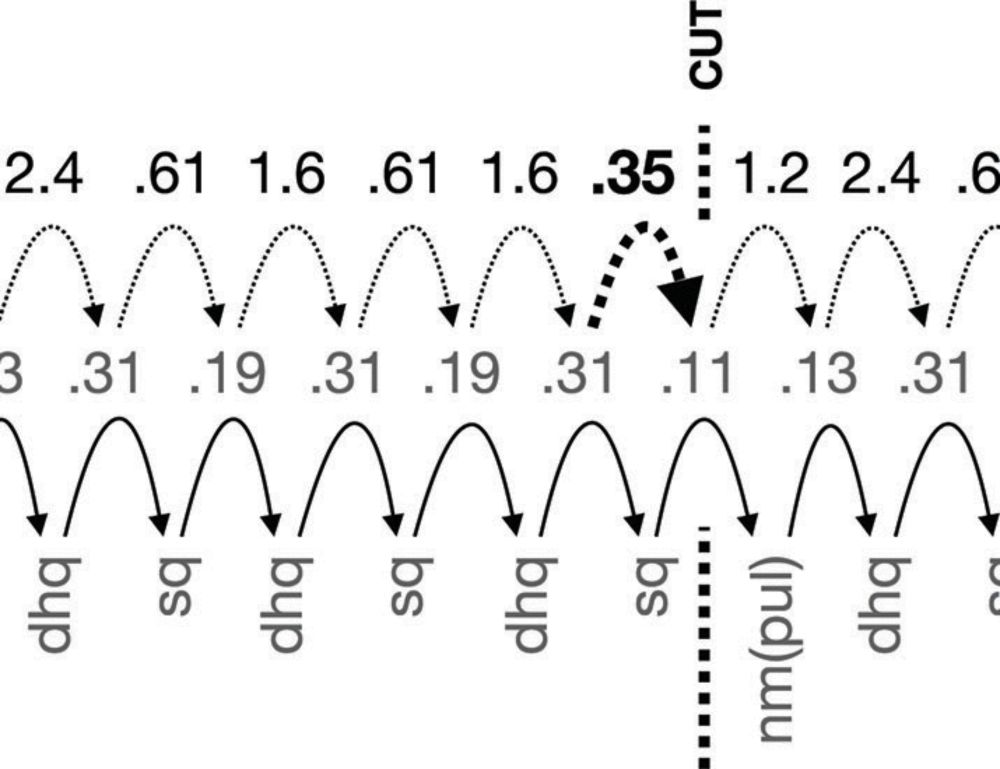
www.science.org/doi/10.1126/...

www.science.org/doi/10.1126/...



Research led by @jonathan-growcott.bsky.social shows for the first time that leopards have unique roars, meaning individuals can be identified through bioacoustic monitoring, a potentially significant advance in leopard conservation.

Research led by @jonathan-growcott.bsky.social shows for the first time that leopards have unique roars, meaning individuals can be identified through bioacoustic monitoring, a potentially significant advance in leopard conservation.
Please help us reach as many folk as possible by reposting. 🧪🌍🪱🪰🦟

Please help us reach as many folk as possible by reposting. 🧪🌍🪱🪰🦟
t.co/tB6iZ5y0Xm
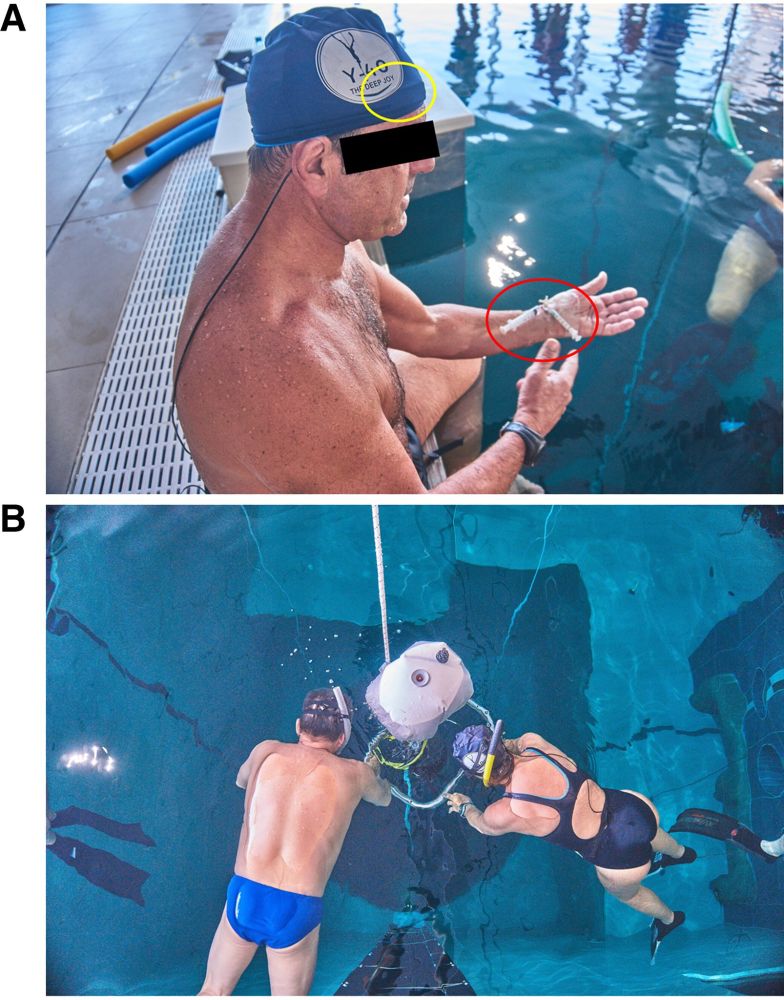
t.co/tB6iZ5y0Xm


